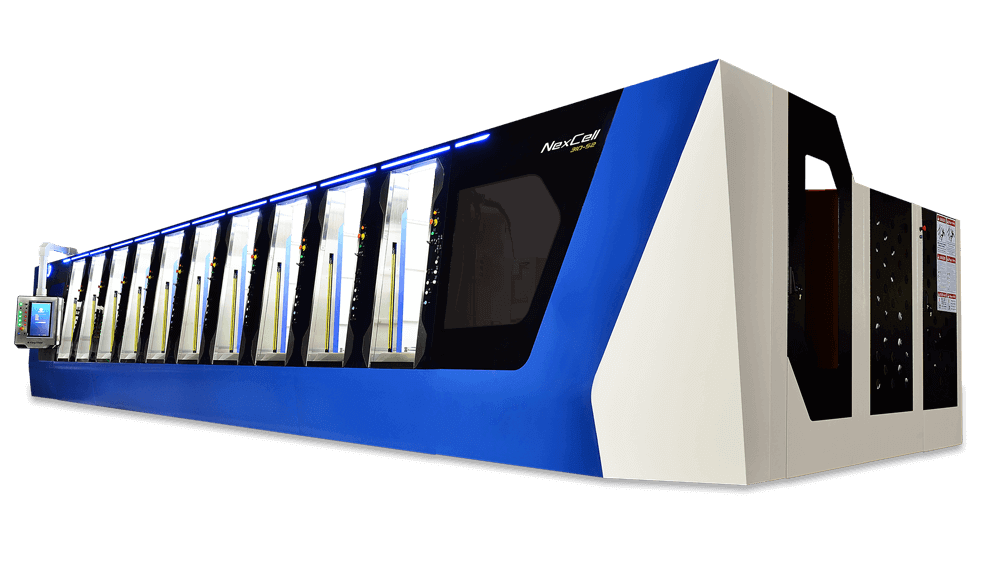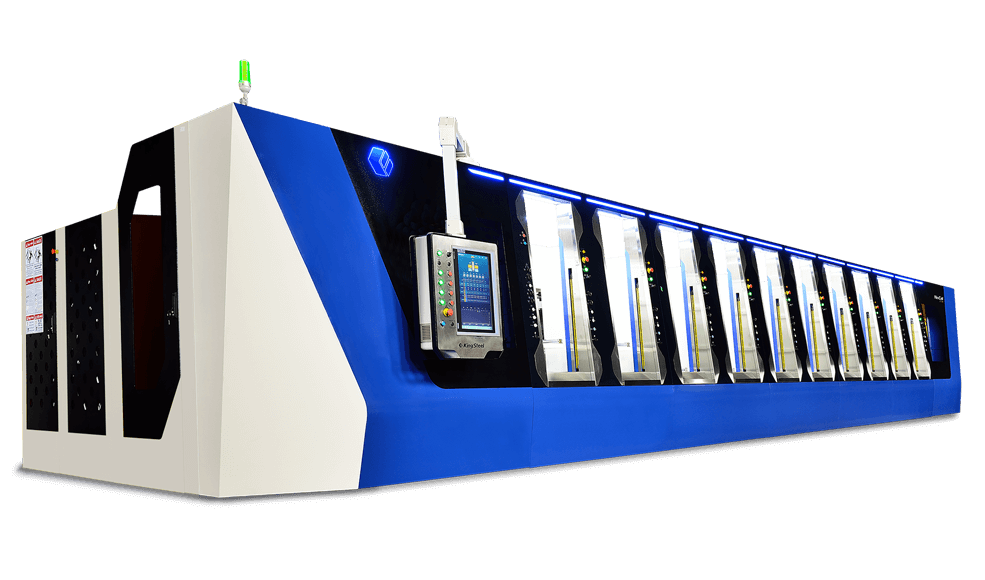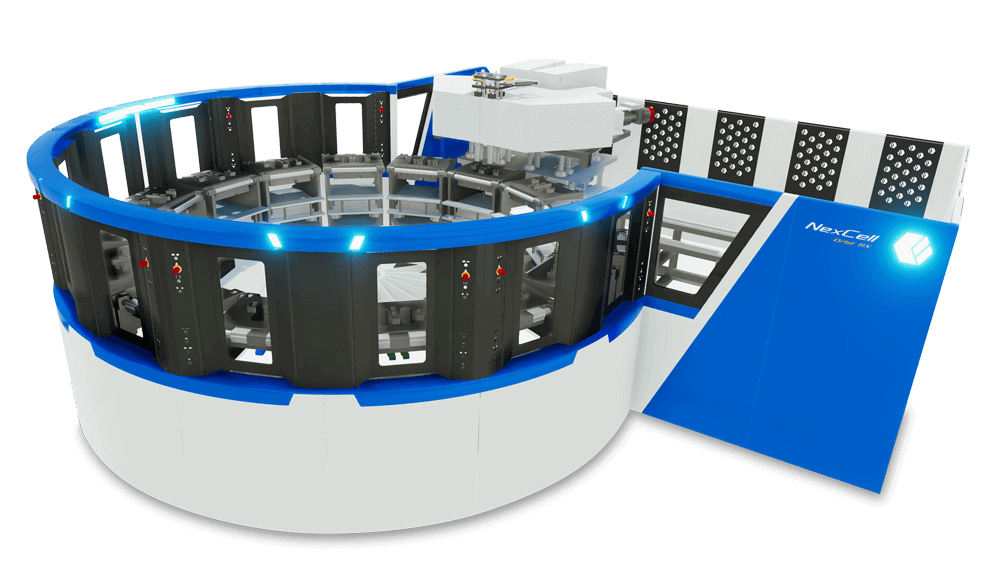The Earth-friendly alternative to conventional production methods, NexCell® powers the world’s first SCF foam elastomer injection forming machines.
The SCF Foam Elastomer Injection Forming Principle
A supercritical fluid (SCF) forms when the gas and liquid states of a specific gas coexist at a specific temperature and pressure. SCFs can be compressed like a gas while keeping a liquid state, enabling its use as a foam additive in the foam elastomer foaming process. In the NexCell® SCF foam elastomer production process, no chemical agents are added other than the macromolecule plastic material. This is different than traditional chemical foam forming technology and thus, SCF foaming is also called "physical foaming".
SCF foam injection forming uses one or more types of inert gas (such as N2 or CO2) to produce SCF at a specific temperature and pressure. A specially designed device introduces the SCF into the molten macromolecule plastic material with a specific viscosity. This SCF and evenly mixed macromolecule plastic material is injected into the molding via the injection device. The sudden change in temperature and pressure of the mixed material as it is injected into the molding will immediately change the SCF into a gas state, which releases its original compressed state in an instant. This allows the gas to rapidly expand and push the mixture into the mold, completing the SCF foam injection forming process.
NexCell® Production Features
The NexCell® SCF foam elastomer injection forming machine developed by KingSteel and our European Co-Innovation Partner (ECIP) is the world’s first “mass production type” SCF foam elastomer injection forming machine. King Steel’s MICS TM core integration technology (Multiple Injectors and Mold-Clamp System; MICS TM) developed over many decades was used as the development theme to make the SCF foam elastomer injection forming into a single multi-nozzle, multi-work station, multi-mold machine. This new machine was named “NexCell®” .
The next-generation foam elastomer (Next Cell) produced through this process is expected to improve customers’ product value and industry competitiveness. The 100% recyclability of NexCell® products can help material brands and customers promote a circular economy while protecting the earth’s ecology and environment.








